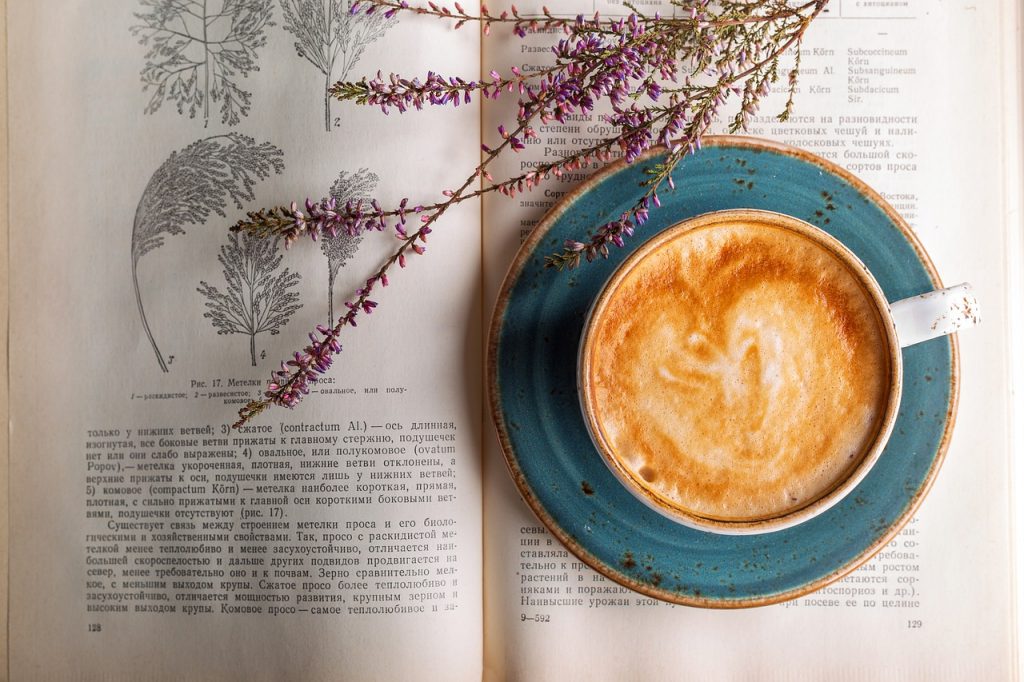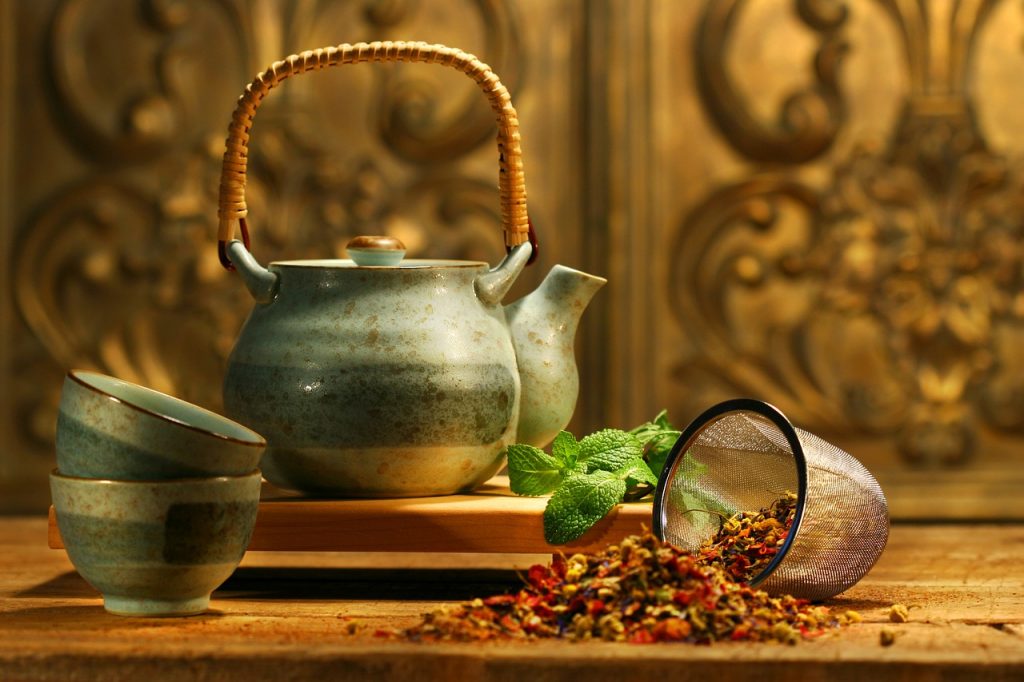
So I caught the ugly fish, Covid 19, in early January. Like a huge catfish, it latched onto me with its sucker mouth and slathered me with all of its nasty symptoms. This includes losing my sense of smell (Anosmia) and taste (Ageusia) for a week.
These are the twin sisters of senses as the loss of smell effects the sense of taste.
…and smell and taste are in fact but a single composite sense, whose laboratory is the mouth and its chimney the nose…
~ Anthelme Brilliant-Savarin (and see note below)
I’ve had colds when my nose becomes so stuffed up that cause me not to smell well. This was different. It was like the virus disconnected the neuropathways from my nose to my brain.
I first noticed it on my official day 2 when my partner brought me breakfast of eggs, bacon and rice (one of her favourites comforts foods) and a glass of apple juice. I had not smelled the bacon cooking and I could not smell any of the breakfast. The only taste I got from it was the sweetness of the rice and the juice. No taste of eggs, no savoury from the spices and no fruit taste in the juice. Alarmed, I raced around the house to see what I could smell. I started in the kitchen with the spice drawer–no cinnamon, cloves or cumin. No lemon or orange. Not even peppermint extract! I retreated to the bathroom, but no scent of soap or shampoo. Desparate: cat litter. Nope. I rushed outside: no smell of the woodsmoke drifting from the chimney. My sense of smell was gone.

One of the hardest hit was the loss of the smell (and thus taste) of coffee. That wonderful drink of bitter and sweet reduced to muddy warm water.
Oh, you’re a cruel one, C19!
Losing this sense made me realize how little writers use the sense of smell and even less frequently, of taste in their writing. Or even how these senses are connected. Yet, without smell and taste, food and drink lose a lot of appeal.
Characters are often eating and drinking during a novel (they should— they are working hard for us, the least we could do is fed them!). What they eat reveals something about them. Are they eating fast food takeout all the time or taking the time to prepare a real meal? Do they pick at the main dish but scrap clean the dessert bowl? Food can help set the time period: what people ate in the 1920s is different from now or even 1970s (think jello salad!). It also can show the setting: people eat all different kinds of food throughout the world. Adding in the sense of taste will enhance these descriptions.
How a character tastes something can also reveal something about their personality. Do they flinch at the hot peppers? Do they relish the saltness of a dish or find it overbearing? Are they a cilantro fan or think it tastes like soap?
Take this example from the novel, Vita Nostra:
Sasha held the cup; whitish liquid splashed on the bottom. It smelled of yeast.
“What is it?”
“Moonshine.” Oksana gave her a cheerful grin. “Come on, bottoms up!”
She bumped her glass with Lisa’s, then with Sasha’s, drank, widened her eyes, and bit into the sausage. Lisa took a small sip. Sasha wanted to refuse, but then thought, why shouldn’t I? She held her breath and swallowed the murky liquid like medicine.
She’s never tasted anything worse. All the alcoholic beverages she’d tasted before — champagne on New Year’s Eve and her birthday, the occasional dry red wine— had had a pleasant taste and a nice smell. The moonshine remained stuck in her throat, preventing her from breathing.
~ quoted from the novel, Vita Nostra, written by Marian and Sergey Dyachenko and translated from Russian into English by Julia Meitov Hersey.
The authors build up the moment: you are first hinted at the smell of yeast in the liquid—not necessarily the best start for an alcoholic drink. The authors show the other girls reactions (widen eyes and immediately eats the sausage; Lisa’s small sip), hinting that this moonshine is not going to taste great. The character holds her breath to drink the concoction, thus reducing its smell and she describes the experience as drinking medicine. Finally there is the contrast of taste between the moonshine and more refined red wine and champagne. You learn something about this character: she doesn’t want to drink the moonshine but easily decides to do it anyways when the other girls drink. She doesn’t take a small sip like Lisa but takes a longer swallow, showing her commitment to do something even though she has reservations. This trait of Sasha re-occurs over and over again throughout the novel.
The sense of smell is also linked to memory.
Smells can trigger vivid memories. This has to do with how our brain is wired: when we smell something, the neuropathways can trigger a memory associated with that smell. Smell can also connect to our emotions and mood (perfume is built on this connection for us). For people who suffer from a long term loss of smell, this means that they can suffer from depression and feel a loss of connection to other people; and even a loss of one way to connect to their memories.
As writers, we can use this sense of smell to connect our characters to their past experiences. We can even use the scent in the air to manipulate their mood!

I regained my own sense of smell and taste slowly. After one week, I made myself a cup of peppermint tea and relief flooded through me as I sipped and could actually taste the sweet mint flavour. The pungent smell brought me back to Pushkar, India where I drank mint tea brewed by owner of the hostel. He had gathered handfuls of the fresh leaves and stuffed a metal tea pot full of them, covering them with boiling water and steeped for at least 10 minutes.
I drank the tea overlooking Pushkar Lake, the sun reflecting off the white stone buildings, and felt at peace. Now on this wintery day, watching the snow fall outside, I regained that fragment of peace, despite the whirl of the pandemic around me.
Having a sense of smell and taste is indeed a wonderful thing. And as for those unwanted sisters, Anosmia and Ageusia? I told them to get out of town and not to come back.
Note about Anthelme Brilliant-Savarin: Google this writer! He was a lawyer, participated in the French Revolution, a violinist in New York, and wrote a book, Physiology of Taste, in 1825 which is still being published today!
Glad you’re feeling better! And smell can often take us quickly to the past.